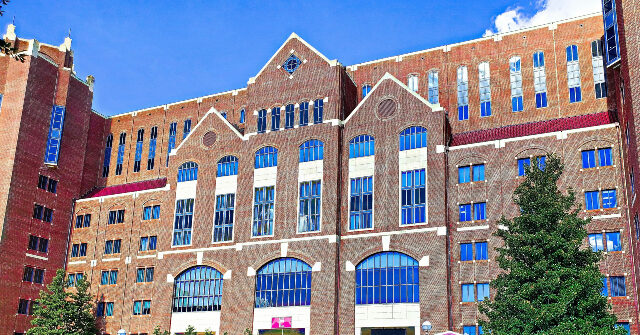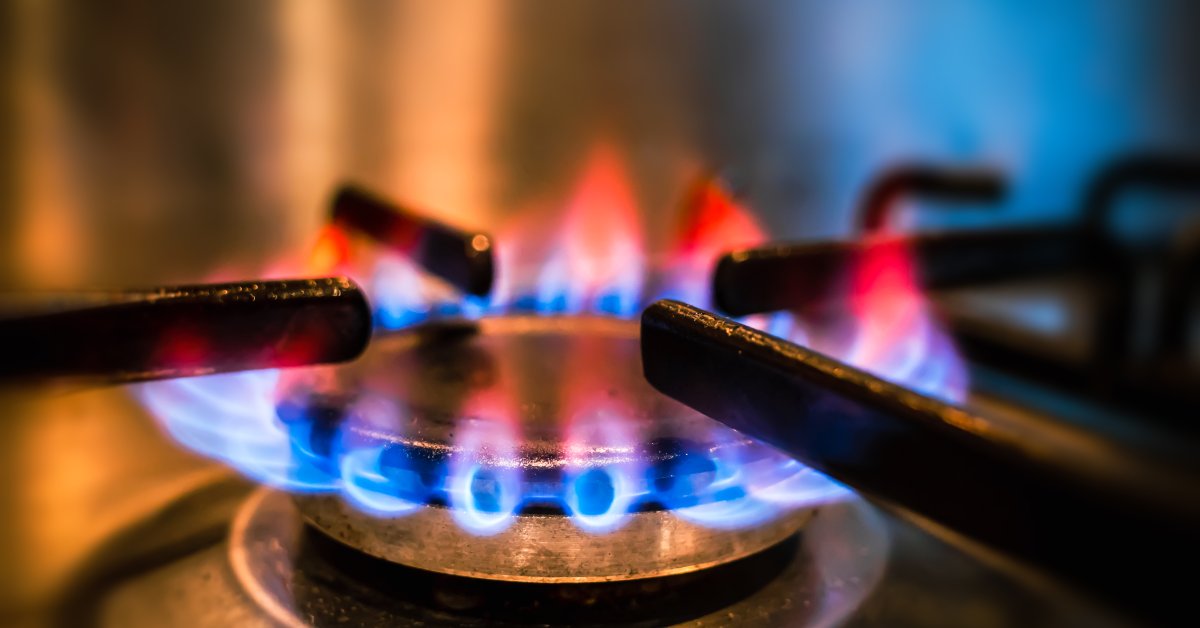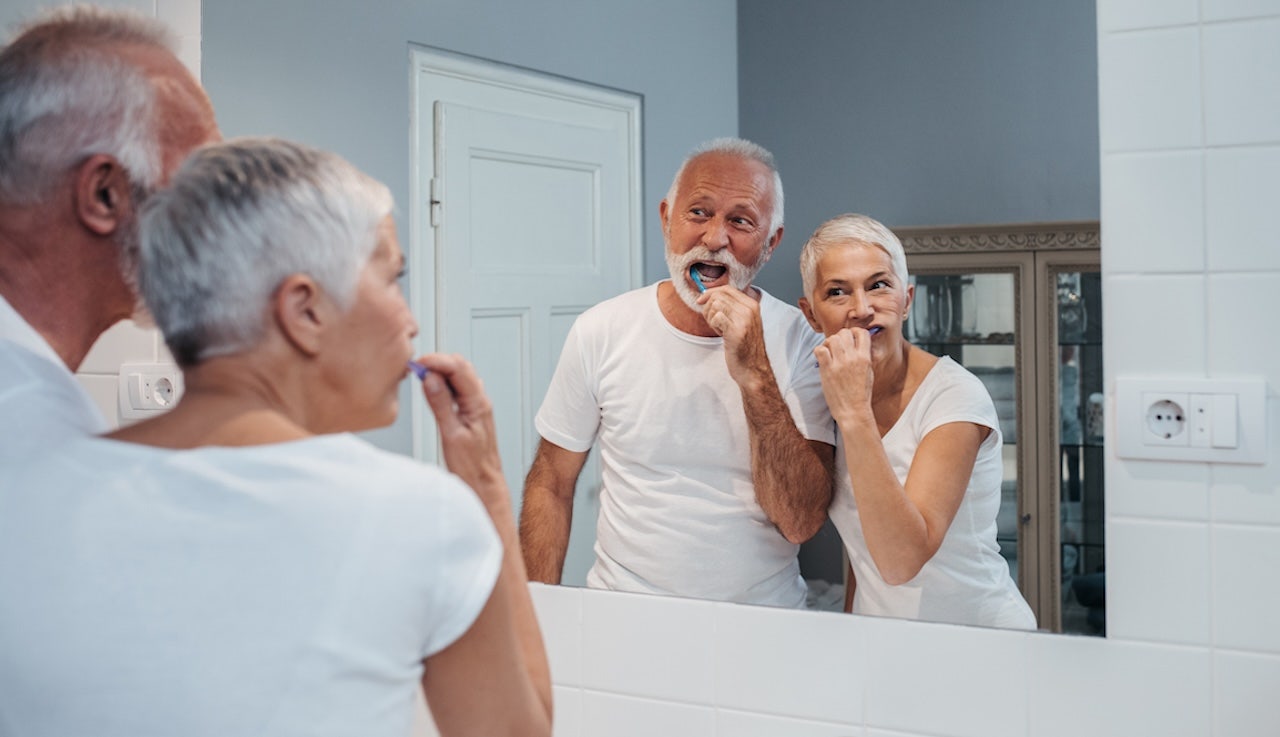In a fast-food culture, there may be few things better for your health than making a simple home-cooked meal. But while the meal itself may be a good idea, the cooking part can be a problem—at least if you own a natural gas or propane stove. That’s the conclusion of a new study in Science Advances, showing that dangerous levels of nitrogen dioxide (NO2) are emitted by both kinds of stoves.
The findings are a result of new work conducted at Stanford University by environmental scientist Rob Jackson and graduate researcher Yannai Kashtan. Jackson has been on the trail of the gas-stove problem for a while now—having co-authored a 2022 paper showing that the methane leaking from U.S. residential stoves is equivalent to the emissions of half a million cars a year.
Gas and propane stoves create NO2 when they heat the air so much that two atoms of oxygen combine with one atom of nitrogen. Electric stoves, which don’t get as hot, do not cause the same reaction. NO2 inflames the airways, reduces lung function, and exacerbates coughing and wheezing, according to the American Lung Association. It can be easy to get too much NO2 exposure, since NO2 is not put out just by stoves, but also by coal-burning power plants and tailpipes.
To study how serious the problem of stove-generated NO2 is, Jackson and Kashtan arrayed sensors throughout more than 100 different homes to measure levels of the pollutant after a gas stove was used. They accounted for plenty of variables: Some of the homes were small—just 800 sq. ft or less.; some were large—more than 3,000 sq. ft. In some cases, the stoves had a ventilation or recirculation hood; in others, they didn’t. Other x-factors included using more than one burner or the oven as well; running the stove for minutes or hours; opening or closing windows; and being in a certain city and ambient air quality. (The study was conducted in seven different cities with distinct air-quality profiles.)
The findings were troubling. For starters, while the kitchen was the first room in a home contaminated by nitrogen dioxide, most other rooms are eventually affected too. “We found that within an hour, concentrations are in some cases above health benchmarks in bedrooms down the hall,” says Jackson.
Read More: The Best Stove for Your Health and the Environment
Even when range hoods are used, they are not equally effective. In the study, they reduced NO2 levels by between 10% and 70%, depending on whether the hood’s fan is on low or high and if its opening is large enough to suck up the emissions from every burner. And that’s only for the most effective hoods—the ones that vent gasses outside. The kind that recirculate and filter air and then stream it back into the kitchen do a much poorer job.
“They just suck the air in and they spit it back out, running it through a filter that’s perhaps never cleaned,” says Kashtan. “From our work, that seems to do absolutely nothing to reduce concentrations of molecular pollutants.”
Size of a residence makes a big difference too, with people in apartments or smaller homes experiencing up to four times as much exposure as people in larger homes. That not only increases the actual dose of the gas that is consumed, but the time of the exposure too. The gasses “stay above [harmful] thresholds for hours after the stove is turned off,” says Jackson.
On average, the researchers found, gas and propane stoves raise levels of NO2 in the home by 4 ppb. That sounds small but is actually quite high, since it takes people about 75% of the way to the World health Organization limit of 5.3 ppb, before even factoring in the ambient NO2 exposure they’re getting from cars and other sources of pollution. “They use up three-quarters of their allotment, if you will, without ever having been outside,” says Jackson.
As with so many other things, race, ethnicity, and income play a role here. People of lower socioeconomic status—who tend to live in smaller homes and in communities with dirtier air—experienced twice as much chronic, long-term exposure to NO2 and three times as much acute, short-term exposure compared to people in wealthier households, earning $150,000 or more per year. The groups hit hardest were found to be Native American and Native Alaskan, followed by Hispanics and then Black Americans. Asian and white Americans had, on the whole, the lowest exposure.
“Poor people breathe dirty air outdoors, and if they own a gas stove, indoors too,” says Jackson. “And that isn’t fair.”
Read More: The $125 Climate-Friendly Hack That Electrified My Gas Stove
Fixing the problem is not always easy. Renters have less freedom than homeowners to switch to an electric range or install a hood. Even when hoods are in place, many people don’t use them.
“The safest hoods are big and loud, and that’s not what we want in our kitchens,” says Jackson.
Simpler—and decidedly cheaper—is buying one or more plug-in electric burners that can be used instead of gas. “You can electrify your cooking a bit and only use the gas when you need to,” says Kashtan. Merely opening windows when you’re cooking can also help reduce the overall gas burden.
“The risk is cumulative, and it’s long-term,” says Kashtan. “I wouldn’t shrug it off and say it’s no big deal, but there are concrete, actionable steps you can take to reduce your exposure.”




















 (Updated 2025*)
(Updated 2025*)
Discussion about this post